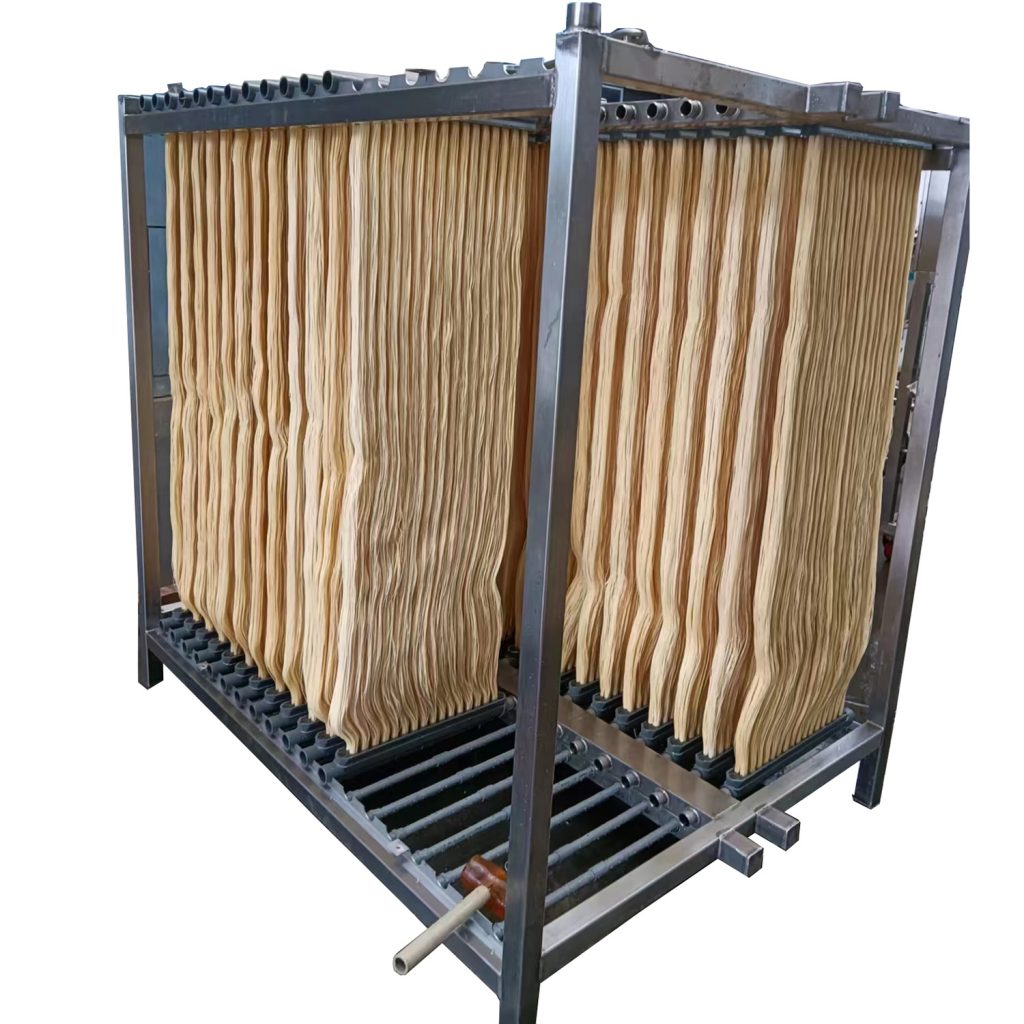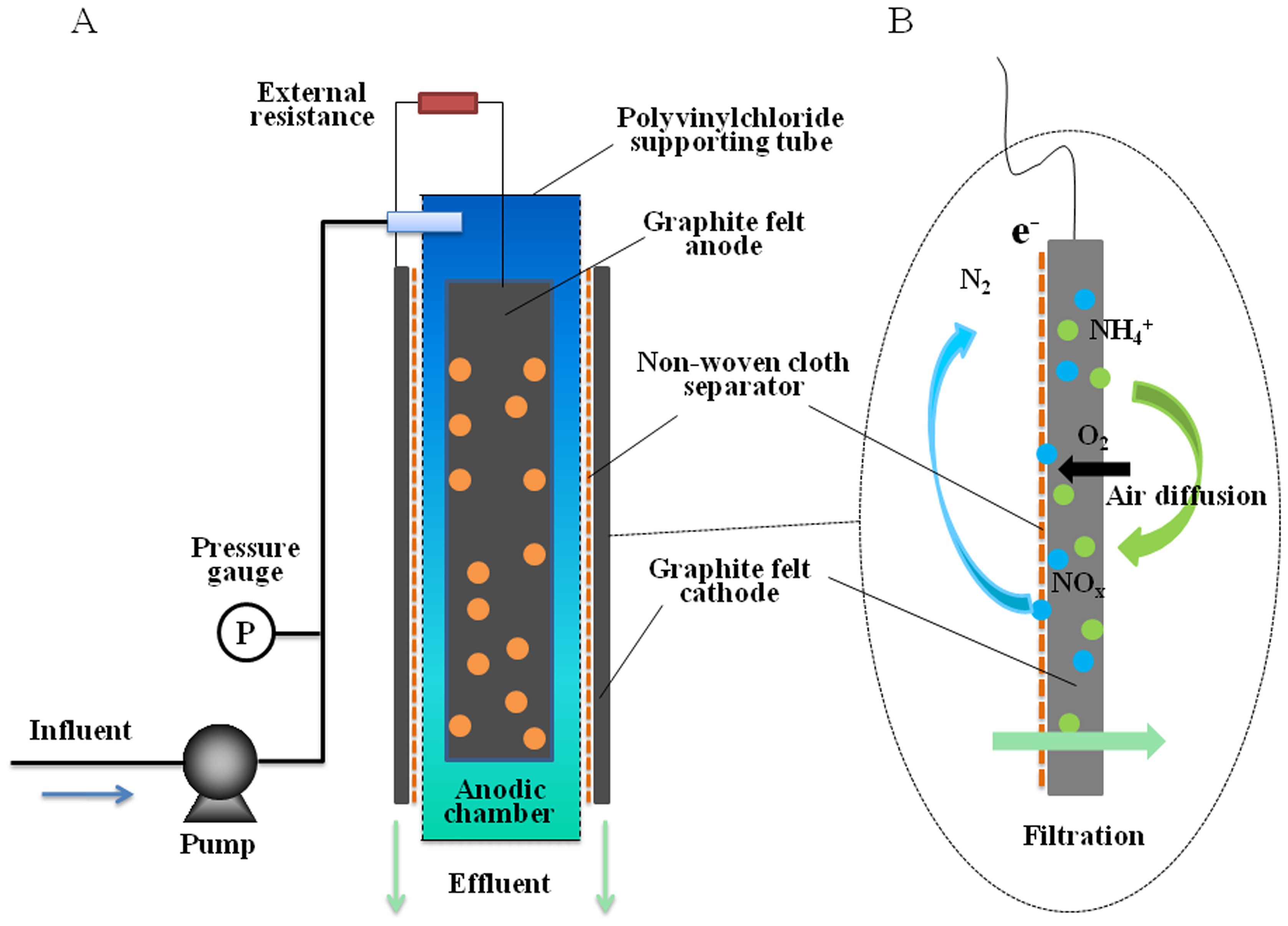The Role of Membrane Bioreactor in Achieving Higher Effluent Quality Standards
The Role of Membrane Bioreactor in Achieving Higher Effluent Quality Standards
Blog Article
Recognizing Membrane Layer Bioreactors: The Future of Wastewater Therapy
Membrane bioreactors (MBRs) stand for a significant development in the field of wastewater therapy, incorporating biological processes with sophisticated membrane filtration to boost effluent top quality. As worldwide water shortage and rigorous governing frameworks come to be progressively pushing concerns, MBR technology offers an efficient feedback through its ability to reduce impact and enhance resource recuperation. The fostering of MBRs is not without its obstacles, which merit careful factor to consider. What are the crucial variables affecting their implementation and long-lasting viability in various contexts? The answers might reshape our strategy to wastewater monitoring.
What Are Membrane Layer Bioreactors?

The core parts of MBR systems include a bioreactor where microbial task takes place and a membrane unit that filters the combined alcohol. This double functionality makes it possible for the simultaneous deterioration of raw material and solid-liquid splitting up in a single step. MBRs can operate in both immersed and exterior configurations, with immersed systems being a lot more usual because of their small design and functional effectiveness.
The fostering of MBR technology has actually acquired grip in numerous applications, ranging from metropolitan wastewater treatment to commercial effluent administration. MBRs are specifically helpful in situations where area is rigorous or limited effluent quality criteria need to be met. By keeping a high focus of bacteria within the bioreactor, MBRs improve the destruction of natural contaminants, consequently generating higher treatment efficiencies contrasted to conventional approaches.
Secret Advantages of MBR Modern Technology
The integration of organic treatment with membrane purification in MBR systems supplies many benefits that set it in addition to typical wastewater therapy techniques. One of the key advantages is the improved effluent top quality. MBRs effectively remove suspended solids and virus, attaining greater degrees of filtration that fulfill strict discharge requirements and assist in water reuse applications.

Another significant benefit is the minimized sludge production. MBR systems generate much less excess sludge, causing lower disposal prices and a decrease in environmental effect. The closed nature of the membrane system decreases the risk of odor emissions and boosts general procedure control.
Lastly, MBRs are functional and versatile, making them ideal for different wastewater types, consisting of industrial and local sources. The capacity to incorporate with innovative therapy technologies better enhances their efficiency, making MBRs an appealing option for the future of wastewater administration.
Obstacles and Limitations of MBRs
While MBR technology uses various advantages, it additionally encounters a number of obstacles and restrictions that can affect its extensive fostering. One considerable challenge is the high resources and functional expenses connected with MBR systems. The first financial investment for membrane layer products and the necessary infrastructure can be considerable, making it look what i found less easily accessible for smaller sized communities or markets.
Additionally, membrane fouling stays a critical problem that can lessen system performance and increase maintenance needs. Fouling occurs when solids, organic matter, or microbes build up on the membrane layer surface, causing reduced permeability and needing constant cleaning or substitute.
One more restriction includes the intricacy of the technology. MBR systems need proficient personnel for operation and maintenance, which can be an obstacle in regions with restricted technical know-how. The disposal of invested membranes presents environmental problems, as the materials are usually not naturally degradable and find out here can contribute to squander management difficulties.
Lastly, while MBRs can properly deal with a vast array of wastewater, they might not appropriate for all applications, particularly those with high focus of fats, oils, and greases, necessitating more research study and advancement to address these restrictions.
Applications of Membrane Bioreactors
In different sectors, membrane bioreactors (MBRs) have arised as a functional service for wastewater therapy (Membrane Bioreactor). Their applications extend municipal, commercial, and farming settings, showcasing their adaptability and efficiency in diverse atmospheres. In local wastewater therapy plants, MBRs significantly improve effluent top quality, enabling for water reuse and decreasing the environmental influence of released wastewater
Industrially, MBRs are utilized in food and drink processing, textile production, and pharmaceutical production, where they efficiently treat high-strength waste streams. Their ability to deal with differing and rising and fall lots contaminant focus makes them specifically beneficial in these sectors. Furthermore, MBRs facilitate the removal of microorganisms, put on hold solids, and natural matter, contributing to compliance with rigid discharge laws.
In agriculture, MBRs are increasingly utilized for dealing with farming overflow and animals wastewater, making it possible for the healing of nutrients for fertilizer manufacturing. They additionally aid in the treatment of greywater for watering, advertising lasting water monitoring techniques.
The adaptability of MBRs is additional evidenced by their assimilation with various other modern technologies, such as anaerobic food digestion and advanced oxidation processes, enhancing overall performance and source healing in wastewater therapy systems.
The Future of Wastewater Therapy
Improvements in innovation and an expanding focus on sustainability are shaping the future of wastewater directory therapy. Membrane layer bioreactors (MBRs) exhibit this shift by integrating biological therapy processes with membrane layer filtration, leading to high-quality effluent suitable for reuse. The trend in the direction of round economic situations is prompting facilities to embrace MBRs for their capacity to recoup resources, such as water and nutrients, from wastewater.
Developments in membrane materials and configuration are improving the effectiveness and longevity of MBR systems, lowering functional prices and power consumption. Smart innovation integration, consisting of real-time surveillance and automated control systems, is additional maximizing performance and making it possible for predictive upkeep, therefore minimizing downtime.
Additionally, social assumptions and regulative stress are pressing markets and towns to adopt more lasting practices. Membrane Bioreactor. The change towards decentralized wastewater therapy remedies is acquiring traction, enabling for local therapy that reduces transport costs and power use
Conclusion
Membrane bioreactors (MBRs) represent a transformative technique to wastewater treatment, integrating organic processes with innovative membrane modern technology. The advantages of MBRs, including improved effluent top quality, lowered spatial needs, and reduced sludge manufacturing, position them as a viable service in the middle of growing urbanization and more stringent ecological laws. Despite existing obstacles, the ongoing technology in membrane layer materials and operational strategies guarantees to boost the effectiveness and fostering of MBRs, ensuring their crucial role in the future of lasting wastewater monitoring.
Membrane bioreactors (MBRs) stand for a significant technology in the field of wastewater therapy, incorporating organic procedures with innovative membrane layer purification to improve effluent top quality.Membrane layer bioreactors (MBRs) combine biological treatment procedures with membrane layer filtration to successfully treat wastewater.The assimilation of biological therapy with membrane layer filtering in MBR systems supplies many benefits that set it apart from standard wastewater therapy techniques. Membrane layer bioreactors (MBRs) exemplify this shift by incorporating biological treatment procedures with membrane layer filtration, resulting in top quality effluent suitable for reuse.Membrane bioreactors (MBRs) stand for a transformative approach to wastewater treatment, integrating biological procedures with sophisticated membrane layer technology.
Report this page